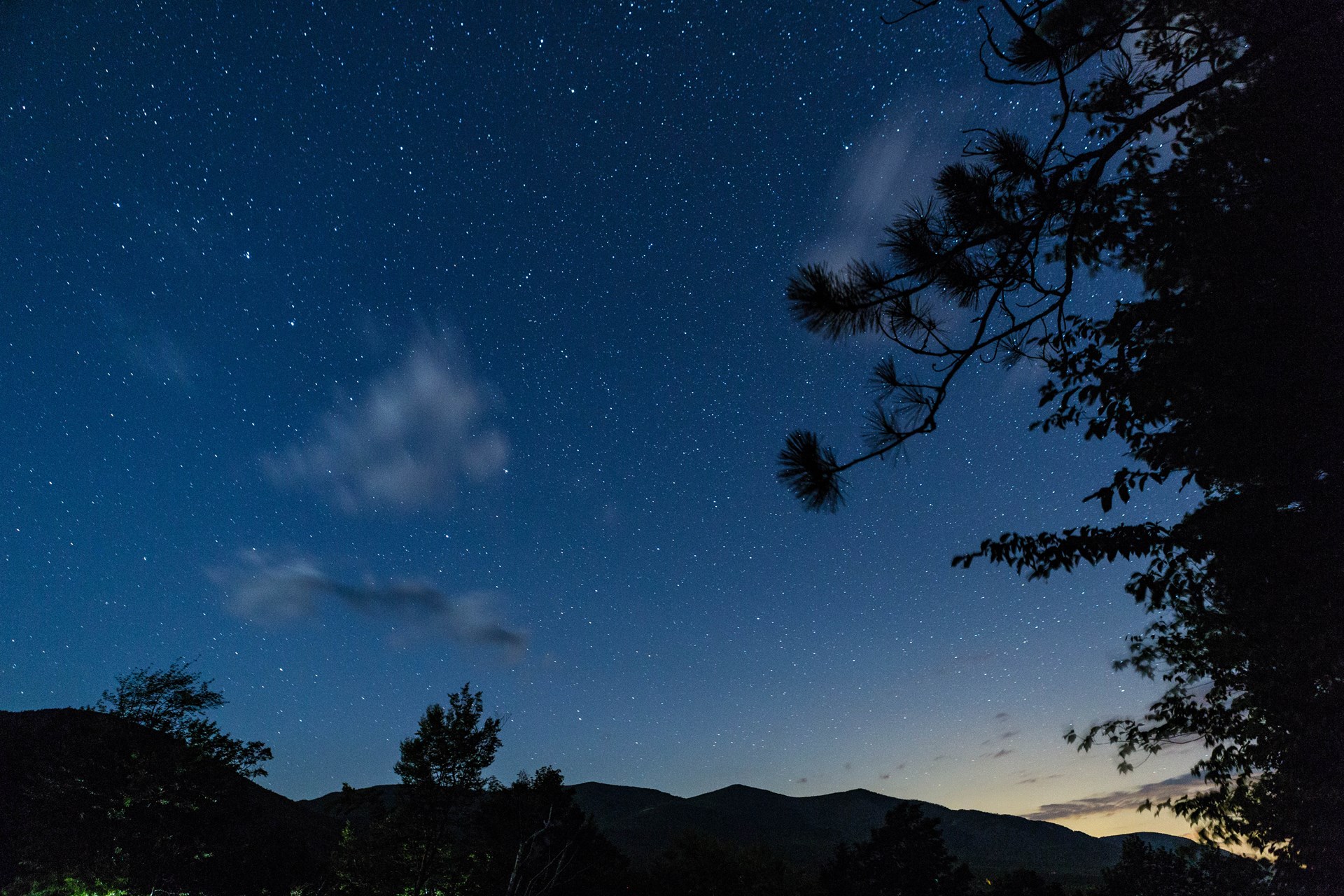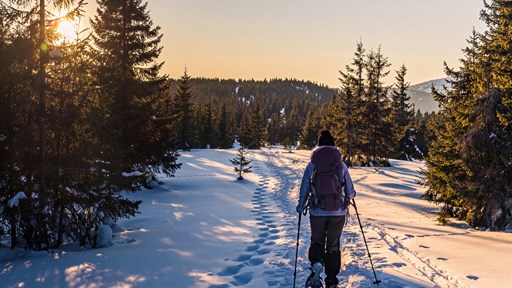Hey there, fellow sky enthusiasts! Ever wondered what it’s like to step out into the night and be greeted by a blanket of twinkling stars?
Well, get ready to embark on an epic journey with us as we explore 8 places in the United States where the stars shine their brightest. From desert landscapes to remote national parks, these spots offer prime real estate for stargazing and snapping some stellar photos.
So pack your bags, grab your camera, and get ready to explore the wonders of the night sky like never before!
Wondering Where to Go to Stargaze? Try These 8 Places in the U.S. for Stargazing

1. Death Valley National Park | California
Let’s talk about Death Valley National Park – a place where the night sky puts on a show that’s out of this world! Picture yourself surrounded by the rugged beauty of the Mojave Desert in California, with the stars twinkling above like glitter scattered on black velvet. It’s pure magic!
Why Death Valley?
So, why is Death Valley such a hotspot for stargazing? Well, first off, it’s about as remote as you can get. Far from the city lights, you’re in for a treat with some of the darkest skies around. No light pollution means the stars get to shine extra bright, like they’re showing off just for you!
And let’s not forget about those clear skies. Thanks to the desert climate, you’ve got a good chance of catching a cloudless night pretty much any time of year. Whether you’re visiting in spring, fall, or winter, Mother Nature is likely to bless you with the perfect backdrop for your celestial adventures.
Key Attractions for Stargazing
Now, let’s talk about some must-see spots for stargazing in Death Valley. First up, we’ve got Zabriskie Point – a real crowd-pleaser. From here, you’ve got panoramic views of the badlands, making it an awesome spot for snapping pics of the Milky Way doing its thing across the sky.
But if you’re after a more immersive experience, head over to the Mesquite Flat Sand Dunes after dark. Picture yourself surrounded by rolling sand dunes under a blanket of stars – it’s like something out of a dream! Set up your camera, kick back, and let the magic unfold.
Best Time to Visit
Now, when’s the best time to visit? Well, aim for spring or fall when the temps are just right, and the skies are crystal clear. Trust me, you’ll want to avoid the scorching summer months unless you’re really into that whole desert sauna vibe. And if you can time your visit with the new moon or crescent moon phases, you’re in for some seriously epic stargazing.
KOAs nearby
Las Vegas KOA Journey at Sam’s Town
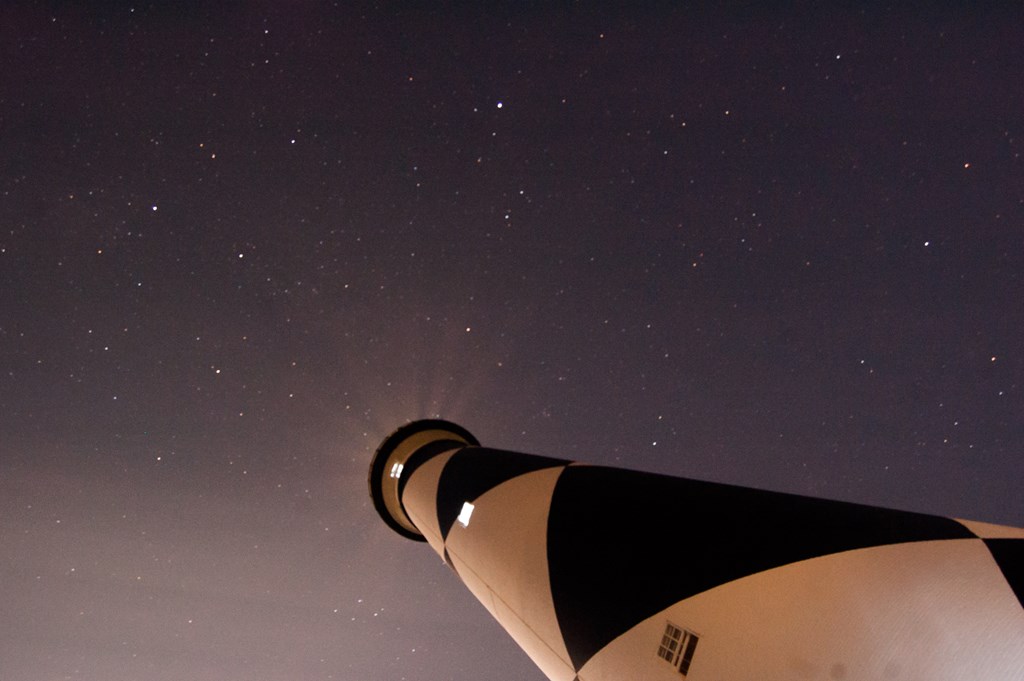
2. Cape Lookout National Seashore | North Carolina
Our next stop on this celestial journey brings us to the starry “sea” of Cape Lookout National Seashore, tucked away on the southern Outer Banks of North Carolina. Trust me, this place is a hidden gem just waiting to be discovered by stargazers and astrophotographers like yourself.
Why Cape Lookout?
So, what makes Cape Lookout such a star-studded paradise? Well, for starters, it boasts some of the darkest skies on the entire East Coast. Imagine being surrounded by a blanket of stars, planets, and constellations stretching as far as the eye can see – talk about awe-inspiring!
And let’s not forget about the setting – it’s like something out of a dream. Picture yourself on a remote island, far from the hustle and bustle of city life, with nothing but the vast expanse of the Atlantic Ocean stretching out before you. With minimal light pollution, the visibility of celestial objects here is off the charts!
Key Attractions for Stargazing
Now, onto the good stuff – the must-see spots for stargazing at Cape Lookout. First up, we’ve got the historic lighthouses. These iconic landmarks add a touch of charm to the nighttime landscape, making them perfect subjects for your astrophotography adventures. Just imagine capturing these majestic structures against the backdrop of a starry sky – it doesn’t get much better than that!
And let’s not forget about the sandy shores. Picture yourself lounging on the beach, with the rhythmic sound of waves crashing against the shore in the background. Set up your blanket or beach chair, and watch as the stars begin to emerge one by one in the velvety darkness above – it’s pure bliss!
Best Time to Visit
Now, when’s the best time to experience all this celestial magic? Well, aim for the new moon or crescent moon phases, when the night sky is at its darkest. And if you can swing it, spring and fall are prime stargazing seasons – the weather is mild, and there are fewer crowds to contend with.
KOAs nearby
New Bern KOA Holiday
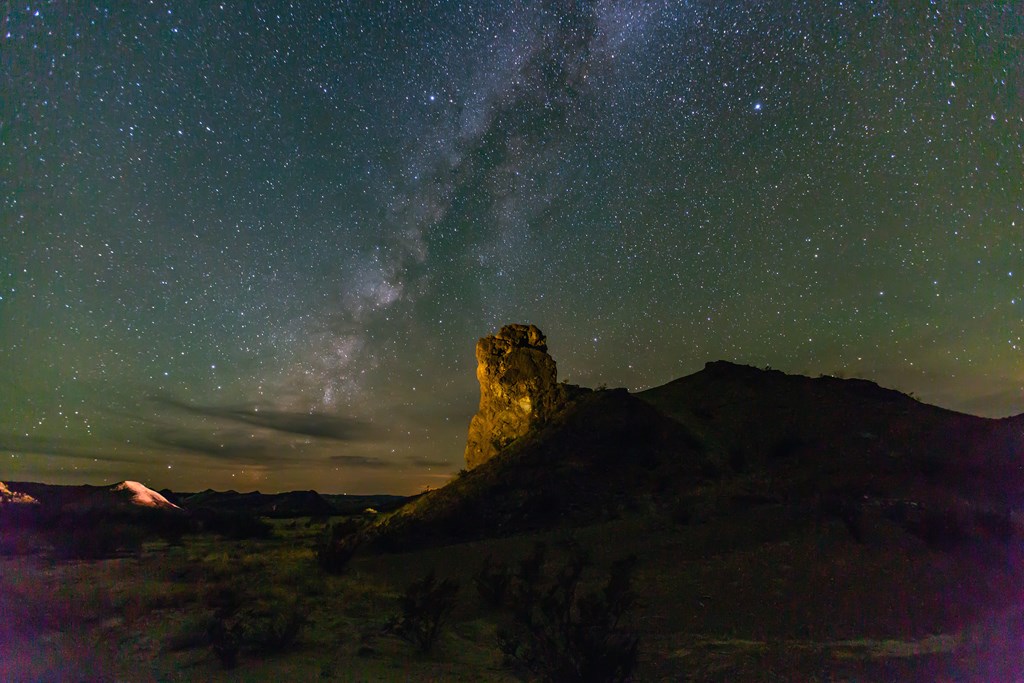
3. Big Bend National Park | Texas
Alright, fellow cosmic adventurers, buckle up as we head to the rugged wilderness of West Texas – yep, you guessed it, we’re talking about Big Bend National Park!
Get ready for some mind-blowing landscapes and pristine night skies that will leave you absolutely speechless.
Why Big Bend?
First things first, let’s talk about the stars – and boy, does Big Bend have them in spades! Thanks to its status as one of the least light-polluted national parks in the contiguous United States, you’re in for a celestial spectacle like no other. Say goodbye to city lights and hello to a sky filled with stars that’ll make your jaw drop.
And let’s not forget about the landscape – it’s like something out of a painting. From towering peaks to rugged desert terrain, Big Bend’s diverse scenery provides the perfect backdrop for your stargazing and astrophotography adventures. Whether you’re framed by ancient rock formations or reflecting in the tranquil waters of the Rio Grande, you’re in for a treat.
Key Attractions for Stargazing
First up, we’ve got the Chisos Mountains. These rugged peaks provide an ideal vantage point for observing the night sky. Set up your camera at one of the many overlooks or hiking trails, and prepare to be mesmerized as the Milky Way arcs across the heavens above – it’s truly a sight to behold.
And for a little extra magic, head to Santa Elena Canyon. Picture this – the Milky Way mirrored in the still waters of the Rio Grande below, with the canyon walls providing a natural frame for your astrophotography compositions. Trust me, it’s a scene straight out of a fairy tale.
Best Time to Visit
Spring and fall are prime stargazing seasons – the weather is mild, and there are fewer crowds to contend with.
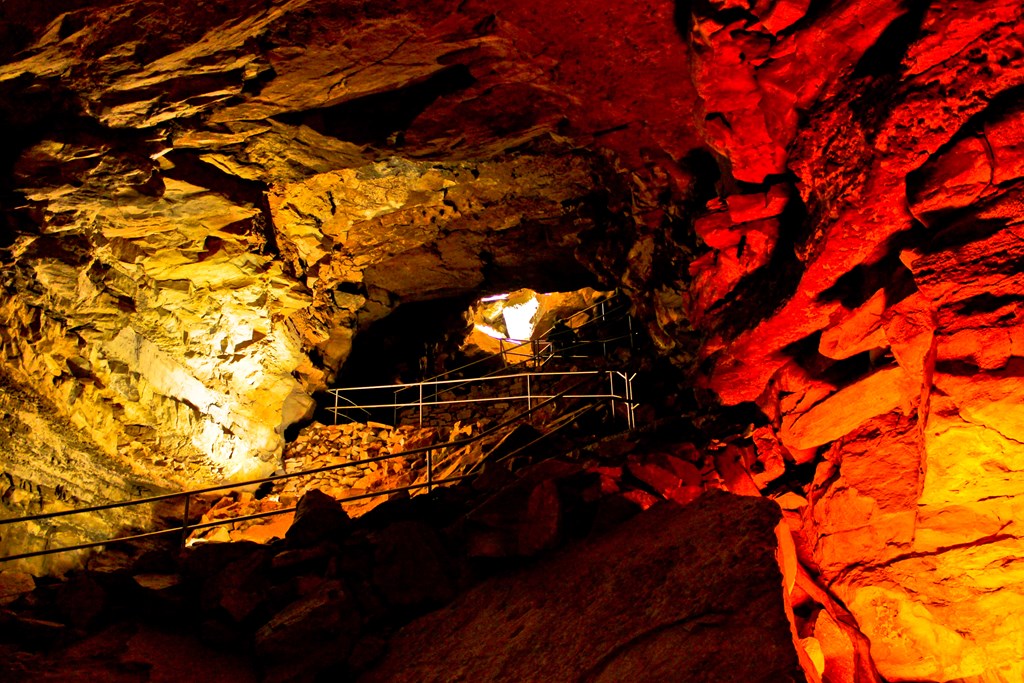
4. Mammoth Cave National Park | Kentucky
Get ready to dive into the depths of the Earth and soar into the cosmos as we venture to Mammoth Cave National Park in central Kentucky. This place isn’t just any old park – it’s home to the world’s longest-known cave system, boasting over 400 miles of explored passageways. And let me tell you, the journey underground is just the beginning of this epic adventure.
Exploring the Subterranean Realm
Step into a world like no other as you venture into Mammoth Cave. Picture this: a mesmerizing labyrinth of chambers, tunnels, and underground rivers that tell the story of millions of years of geological history. From towering stalactites and stalagmites to delicate draperies and flowstones, the cave is adorned with a stunning array of natural formations that will leave you absolutely awestruck.
Stargazing Beneath the Surface
But wait, there’s more! As if exploring the depths of Mammoth Cave wasn’t enough, prepare to be dazzled by the night sky above. Step outside the cave entrance and behold the vast expanse of the cosmos overhead, where countless stars twinkle against the inky blackness of space. It’s like stepping into a whole other world, right beneath your feet.
Best Time to Visit
Now, for the cherry on top – the best time to experience Mammoth Cave in all its celestial glory. Aim for the new moon or crescent moon phases, when the night sky is at its darkest and the stars shine their brightest. Just be sure to check the park’s operating hours and guided tour schedules, as some cave tours may be limited or unavailable during certain times of the year.
KOAs nearby
Horse Cave KOA Holiday
Bowling Green KOA Holiday

5. Joshua Tree National Park | California
Discover Joshua Tree National Park, where the surreal landscapes of the desert collide with the breathtaking beauty of the night sky. It’s like stepping into a dream world, where every moment is filled with wonder and awe. Let’s dive into why Joshua Tree is an absolute must-visit for stargazers and astrophotographers alike.
Surreal Landscapes Under Starry Skies
Imagine this: you’re surrounded by the iconic silhouette of Joshua trees, standing tall against the vast desert landscape. These ancient, otherworldly trees aren’t just scenery—they’re the perfect foreground for your astrophotography adventures, adding a touch of magic to every shot.
And when night falls, oh boy, does the sky put on a show. With minimal light pollution and skies as clear as crystal, Joshua Tree offers unparalleled views of the Milky Way and beyond. Whether you’re capturing long-exposure shots of the night sky or simply basking in its beauty, every moment under these starry skies is pure magic.
Optimal Timing for Stargazing
Now, let’s talk about timing. For the best views of the galactic core of the Milky Way, aim to visit Joshua Tree between late April and October. During this time, the galactic center is visible in all its glory, providing prime opportunities for capturing stunning astrophotography images that will take your breath away.
And here’s a pro tip: plan your visit during moonless nights when the sky is at its darkest. This will allow the stars to shine with unparalleled brilliance, creating a spectacle overhead that you’ll never forget.
Tips for Astrophotography Success
Ready to capture the magic of Joshua Tree on camera? Here are a few essential tips to ensure your astrophotography adventure is a success:
- Bring along your essential gear, including a sturdy tripod, wide-angle lens, and remote shutter release. These tools will help you capture every detail of the night sky with precision and clarity.
- Consider using a red flashlight to preserve your night vision and minimize light pollution. This will allow you to navigate the park and set up your equipment without disturbing the natural beauty of the night sky.
- Take some time during the day to scout out potential shooting locations within the park. Look for interesting rock formations, clusters of Joshua trees, or open vistas that can serve as compelling foreground elements for your astrophotography compositions.
KOAs nearby
Palm Springs / Joshua Tree KOA Holiday
Banning Stagecoach KOA Journey
Temecula KOA at Vail Lake
Barstow / Calico KOA Holiday
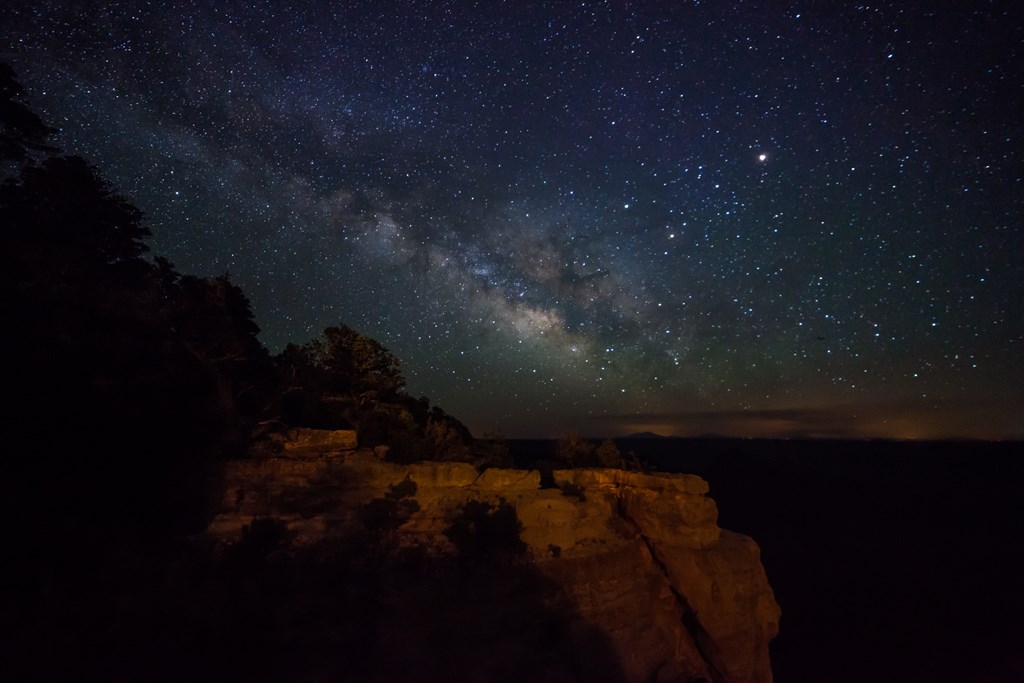
6. Grand Canyon National Park | Arizona
Get ready for an otherworldly adventure as we journey to Grand Canyon National Park, where the cosmic wonders of the universe unfold above one of Earth’s most iconic landscapes. Carved by the mighty Colorado River, the Grand Canyon’s towering cliffs and vibrant layers set the stage for an awe-inspiring celestial display. Let’s dive into why the Grand Canyon is a must-visit for anyone enchanted by the mysteries of the cosmos.
A Natural Wonder by Day, A Cosmic Playground by Night
As the sun sets and twilight blankets the Grand Canyon, a transformation occurs. The sheer cliffs and colorful layers of rock take on a new life, becoming a breathtaking backdrop for stargazers and astrophotographers. It’s like watching a masterpiece unfold before your eyes, with the cosmos as the artist and the canyon as the canvas.
Thanks to its remote location and strict lighting regulations, the Grand Canyon boasts some of the darkest skies in the United States. Far from the bright lights of the city, the night sky above the canyon becomes a mesmerizing tapestry of stars, galaxies, and nebulae, just waiting to be explored.
Capturing the Celestial Beauty
For the best views of the night sky, head to one of the park’s designated stargazing areas, such as Desert View or Yavapai Point. Here, you’ll find unobstructed views of the horizon and minimal light pollution, creating optimal conditions for capturing the wonders of the cosmos.
And speaking of wonders, don’t miss the chance to photograph the Milky Way as it stretches across the night sky. With its vivid band of stars and sweeping vistas, the Milky Way is a photographer’s dream, offering endless opportunities for stunning astrophotography.
Tips for an Unforgettable Stargazing Experience
To make the most of your stargazing adventure, plan your visit during a new moon or crescent moon phase, when the sky is darkest. Keep an eye on the weather forecast to ensure clear skies for optimal viewing conditions.
And don’t forget to pack your essential gear, including a sturdy tripod, wide-angle lens, and remote shutter release. Consider using a red flashlight to preserve your night vision and minimize light pollution, ensuring a clear view of the cosmic wonders above.
KOAs nearby
Grand Canyon / Williams KOA Journey
Williams / Exit 167 / Circle Pines KOA Holiday
Seligman / Route 66 KOA Journey
Flagstaff KOA Holiday

7. Glacier National Park | Montana
Explore Glacier National Park, a breathtaking wilderness nestled among the majestic mountains of Montana. Here, under pristine skies and towering peaks, the night comes alive with celestial wonders that will leave you spellbound. Join us on a journey to Glacier, where the stars themselves become artists, painting the sky with their luminous brushstrokes.
Preserving the Darkness
Glacier National Park wears the prestigious badge of an International Dark Sky Park, a testament to its dedication to preserving the pristine darkness of its night skies. With minimal light pollution and clear atmospheres, Glacier stands as a beacon for stargazers, offering some of the most remarkable stargazing opportunities in the country.
By safeguarding its night skies, Glacier ensures that future generations can continue to marvel at the awe-inspiring beauty of the cosmos. From the ethereal glow of the Milky Way to the captivating dance of the Northern Lights, these celestial treasures are woven into the very fabric of the park’s natural heritage.
A Celestial Wonderland
Behold the spectacle of the Milky Way as it stretches across the heavens above Saint Mary Lake, casting its shimmering reflection upon the crystal-clear waters below. With towering peaks as its backdrop, Saint Mary Lake serves as a stunning canvas for capturing the breathtaking beauty of our galaxy.
During the late fall and winter months, lucky visitors may be treated to the mesmerizing display of the Northern Lights as they dance across the night sky. Illuminating the darkness with their vibrant hues, these celestial dancers paint the night with an otherworldly glow, creating a magical experience that will stay with you forever.
Tips for Stargazers
To make the most of your stargazing adventure in Glacier, plan your visit during clear nights when the sky is free from clouds. Keep an eye on the weather forecast and choose nights with minimal moonlight for optimal viewing conditions.
Explore Glacier’s designated dark sky locations, such as Logan Pass, Lake McDonald, and Many Glacier, where you’ll find unobstructed views of the horizon and minimal light pollution. These pristine settings provide the perfect backdrop for capturing the wonders of the cosmos through your camera lens or simply soaking in the celestial symphony above.
KOAs nearby
West Glacier KOA Resort
Whitefish / Kalispell North KOA Holiday
St. Mary / East Glacier KOA Holiday
Polson / Flathead Lake KOA Holiday
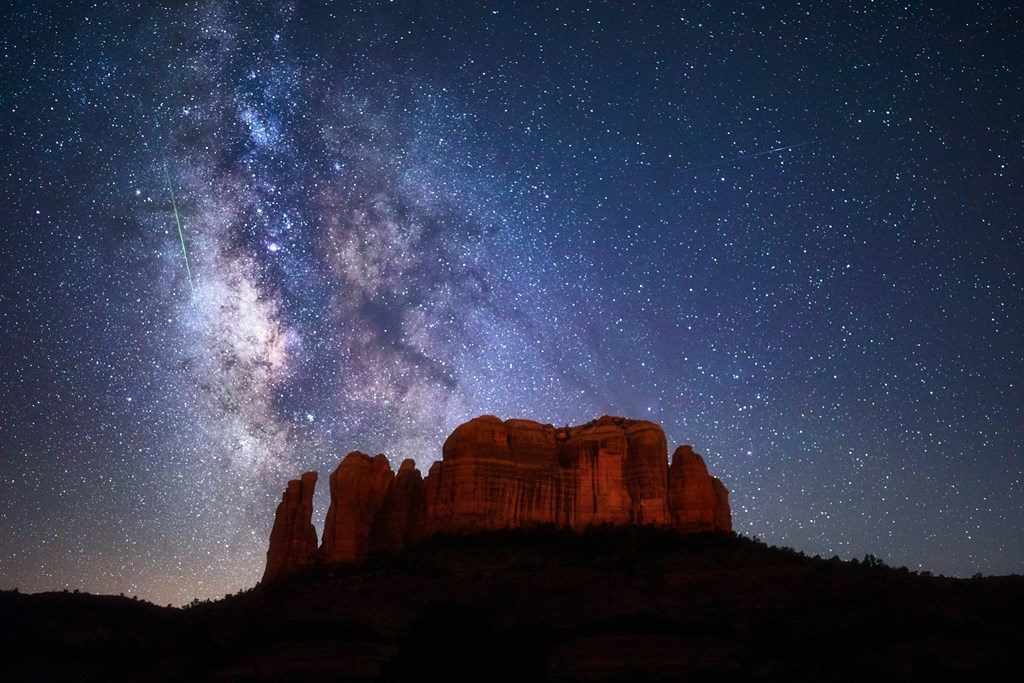
8. Sedona Red Rocks | Arizona
Sedona, Arizona, a place of stunning red rock formations that have drawn travelers in awe for generations. Amidst the fiery hues of the desert landscape, the night sky unfolds into a celestial spectacle that enchants stargazers and astrophotographers alike. Join us as we venture into Sedona Red Rocks, a sanctuary where the cosmos and Earth converge in breathtaking harmony.
A Celestial Oasis
Immerse yourself in the splendor of Sedona’s fiery red rock formations, which provide a striking backdrop for capturing the wonders of the night sky. As the sun sets and twilight blankets the landscape, these majestic rocks take on a warm glow, enveloping the surroundings in a surreal and magical atmosphere.
Despite its popularity, Sedona manages to keep light pollution relatively low, allowing celestial marvels like the Milky Way and the Andromeda Galaxy to shine brilliantly overhead. This creates a captivating display that invites stargazers to gaze in wonder at the vastness of the cosmos.
Tips for Stargazers
For an unforgettable stargazing experience, venture off the beaten path and explore remote locations in and around Sedona. Seek out secluded spots with expansive views of the horizon and minimal artificial light, where you can immerse yourself fully in the beauty of the night sky.
Plan your visit wisely by consulting the lunar calendar and selecting nights with minimal moonlight for optimal stargazing conditions. Consider visiting during the spring or fall when the weather is mild, and the skies are often clear, offering prime conditions for celestial exploration.
Preserving the Darkness
Sedona takes its commitment to preserving the darkness of the night sky seriously. As a popular tourist destination, the city actively raises awareness about light pollution and its detrimental effects on the night sky. By promoting responsible lighting practices and educating visitors about the importance of preserving the darkness, Sedona ensures that future generations can continue to marvel at the beauty of the cosmos for years to come.
KOAs nearby
Grand Canyon / Williams KOA Journey
Williams / Exit 167 / Circle Pines KOA Holiday
Seligman / Route 66 KOA Journey
Flagstaff KOA Holiday

Leslie is a travel writer, copywriter, and web designer who gets butterflies from telling stories through words and visuals.
Her voice comes from a place filled with passion, dreams, and lots of sugar. “Cake over steak” is her go-to motto.
With over 10 years of experience in crafting words, and years of embarking on travels that have taken this Montana girl to some incredible places, Leslie loves the adventures of both body and mind her writing takes her on.
To see what Leslie’s up to in the writing and design world, visit her website here.



















